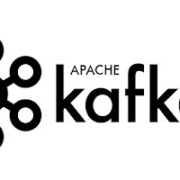In previous blog articles, we have successively introduced the deletion, bitset, and compaction functions in Milvus 2.0. To culminate this series, we would like to share the design behind load balance, a vital function in the distributed cluster of Milvus.
Usage
Milvus 2.0 supports automatic load balance by default. But you can still trigger load balance manually. Please note that only sealed segments can be transferred across query nodes.










